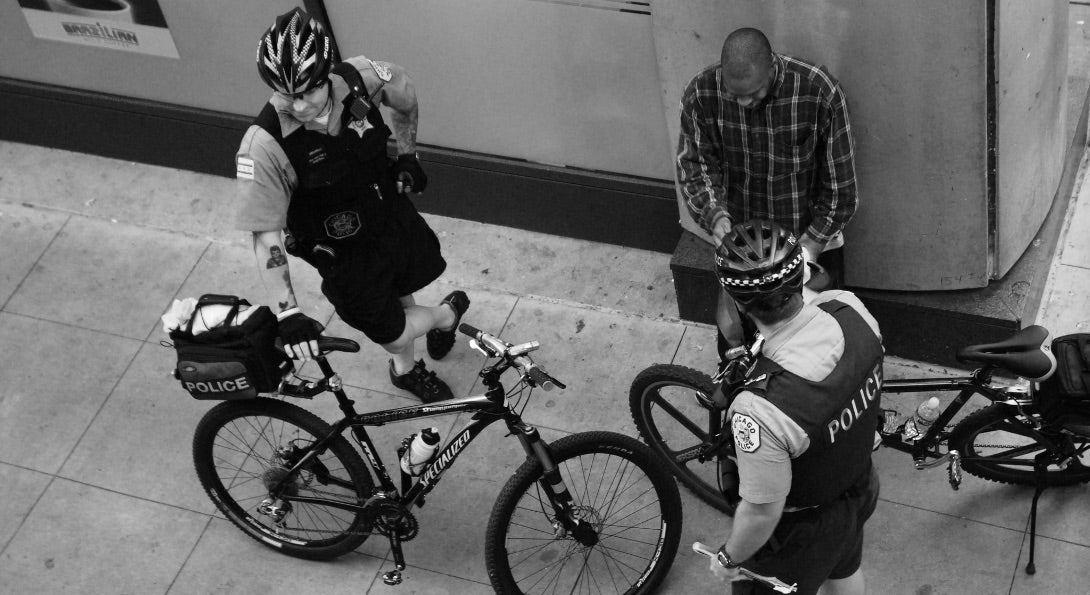New project examines policing, public health through injury data

Story text

The deaths of George Floyd and Breonna Taylor in encounters with police galvanized the nation’s conscience in 2020. But for every high-profile case, there are many more civilian injuries and fatalities that fail to generate media attention.
To best characterize the health impacts of law enforcement interventions, SPH researchers are studying interactions between civilians and law enforcement agents in an effort to collect and analyze data on injuries sustained by both parties and provide policymakers with a reliable source of information for decision making.
“We know that injuries resulting from interactions between law enforcement personnel and citizens happen and that they can be deadly, but currently, there is no consistent, unbiased, reliable source of information on the prevalence of injuries, the people who are injured, or characterizations of those injuries,” said Lee Friedman, PhD, associate professor of environmental and occupational health sciences. “This lack of information is a problem, especially in a politically polarized society.”
That’s why Friedman and Alfreda Holloway-Beth (PhD ’14, MS ’07), research assistant professor of environmental and occupational health sciences, launched the Law Enforcement Epidemiology Project. They want to build a comprehensive surveillance system to better characterize the magnitude of civilian and law enforcement injuries that occur each year in the U.S. and to guide policy reform that addresses police use of force tactics and strategies to build community trust in the police.
In the second report from the project, Friedman and Holloway-Beth call attention to this problem.
“Incidents of law-enforcement-related injury are frequently dismissed, in part, because they are anecdotal,” Holloway-Beth said. “The lack of comprehensive surveillance data permits a narrative to persist that the problem does not exist, is exaggerated, or simply being used as a political tool by ‘anti-police’ constituents. Before we can define policy on reporting requirements, accountability and training, we need to define the problem. This can only be done through a comprehensive surveillance program.”
The report, published in January, summarizes civilian injuries treated in Illinois hospitals between January 2016 and September 2020. Key insights from the report include:
- Civilian injuries impact citizens of all races and in all geographic areas in Illinois, but prevalence of fatal and non-fatal injuries is highest and most significant among Blacks. Rates among Black individuals is 5-12 times higher compared with white non-Hispanic individuals, depending on region of residence.
- Civilian injuries are most likely among males age 15 to 44, individuals living outside of Chicago and Cook County, individuals with low incomes, and individuals with mental health challenges like addiction or neurological and psychiatric conditions.
- For every death there were approximately 60-80 non-fatal injuries that required treatment in a hospital, with 13% of the civilians having suffered traumatic brain injuries, which have potential long-term severe outcomes.
- The injuries suffered by civilians were consistent with known control tactics used by law enforcement that target the head and upper extremities, with the most common serious injuries being fractures and open wounds.
Their previous report, from 2017, described a framework for a comprehensive surveillance system based on existing public health data sources that can be implemented immediately to augment police reports and Bureau of Justice Statistics data. Additional reports from the project are planned annually and will likely look at topics such as injury reports among corrections officers, cost to taxpayers, and continued reporting on surveillance data.